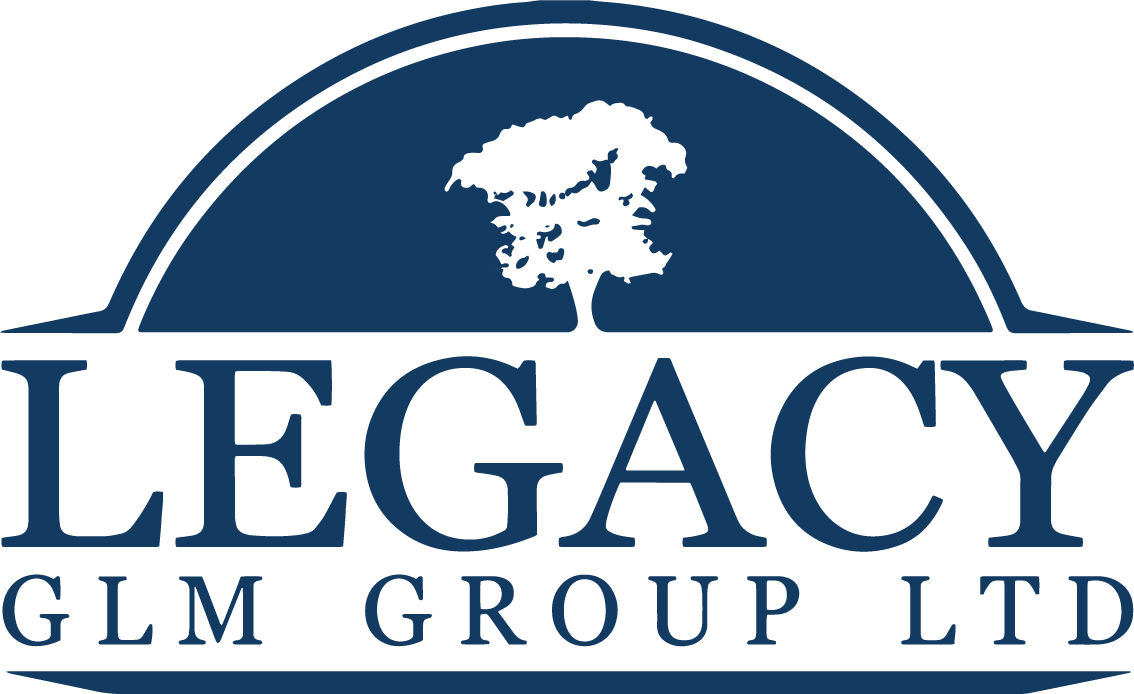Certified Fire Safety Solutions Built on Trust, Compliance, and Quality
At Legacy GLM Group, we provide fully certified fire protection services that protect lives, preserve assets, and ensure full compliance with UK fire safety legislation. As a BM Trada Q- Mark accredited contractor, our work is independently audited and trusted to meet the highest standards across commercial, industrial and residential properties.
What We Do
Fire Stopping
Fire stopping is a critical component of passive fire protection, designed to seal gaps and service penetrations in walls, floors, and ceilings. Left untreated, these openings can allow fire and smoke to rapidly spread between compartments – endangering lives and causing extensive property damage.
We install tested fire-stopping systems (batts, sealants, collars, wraps) in line with manufacturer specifications and BM Trada certification requirements. Every installation is photographed, logged, and signed off, giving you traceable, demonstrable compliance.
Effective fire stopping buys vital time for evacuation and emergency response, limits fire damage, and ensures you meet your legal obligations under the Regulatory Reform (Fire Safety) Order 2005.
Fire Door Installation
A fire door is only as good as its installation. Even minor errors; incorrect gaps, missing intumescent strips, poor alignment, can cause the door to fail in a fire.
Legacy’s certified fire door installers are trained and audited under the BM Trada Q-Mark Fire Door Installation Scheme, ensuring each door and frame is fitted correctly and fully compliant.
Fire doors are life-saving barriers. Incorrectly installed doors compromise compartmentation and increase liability.
Fire Door Maintenance
Fire doors must be maintained regularly to ensure they continue to perform as designed.
Wear and tear, damaged seals, faulty closers or unapproved modifications can render a door non-compliant.
Our certified fire door technicians carry out detailed inspections and remedial works, including replacement of seals, drop-down thresholds, closers, hinges, and adjustments to door alignment.
Regular maintenance is a legal requirement under the Fire Safety Order, and key to preventing failures in an emergency.
Fire Door & Fire Stopping Surveys
We offer thorough surveys carried out by trained and certified inspectors. Every door or compartment is assessed for compliance against current regulations and manufacturer guidelines. Findings are clearly reported, with photographic evidence, risk ratings, and a plan for remedial actions if needed.
Without detailed, professional surveys, compliance gaps often go unnoticed, leaving you exposed to risk, liability, and potential enforcement from fire authorities or insurers.
Who Is Responsible for Fire Safety Compliance?
Under the Regulatory Reform (Fire Safety) Order 2005, the legal duty to ensure fire doors and fire stopping are compliant lies with the Responsible Person, typically:
- The employer (in a workplace)
- The building owner or landlord
- The managing agent or facilities manager
They are responsible for:
- Ensuring all fire doors and fire stopping systems are properly installed and maintained
- Carrying out regular inspections and risk assessments
- Keeping clear records of all fire protection measures
- Remediating defects or non-compliance promptly
Failure to comply can result in enforcement action, prosecution, or fines – especially if non-compliance leads to injury or loss of life.
Peace of Mind with Proven Quality
From pre-occupancy surveys to reactive repairs and scheduled maintenance, Legacy GLM Group ensures your building is protected, compliant, and ready for inspection.
Every project is backed by photographic evidence, Q-Mark certification, and a team that genuinely cares about your safety.







